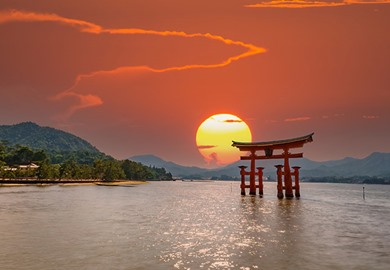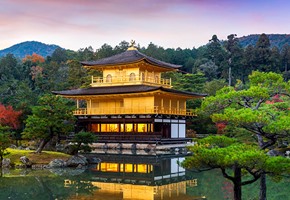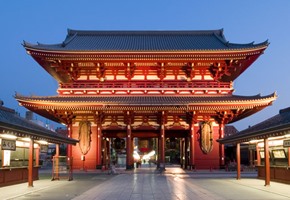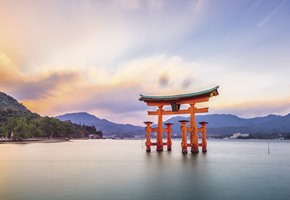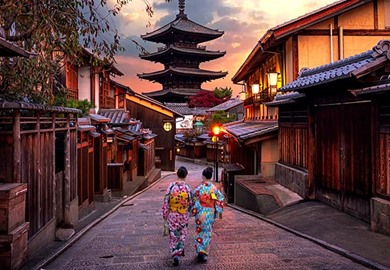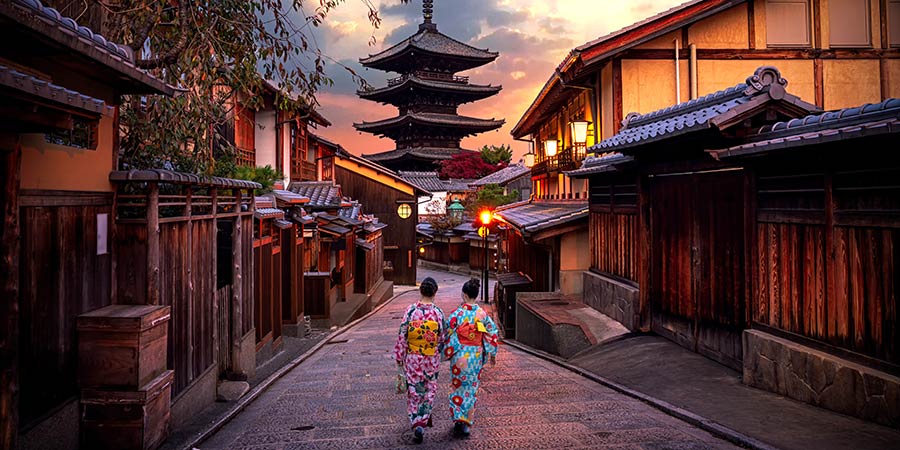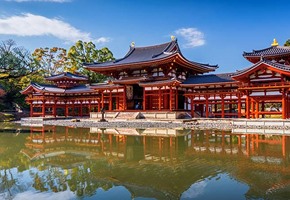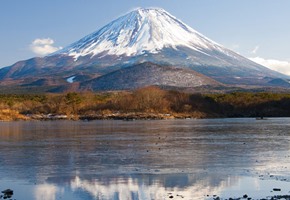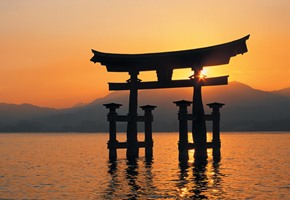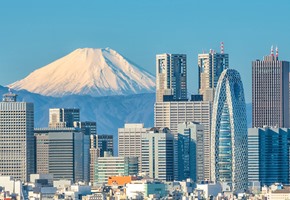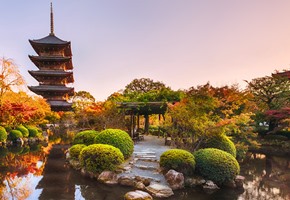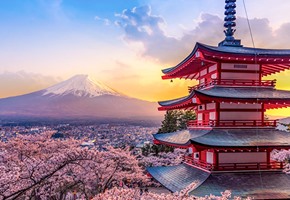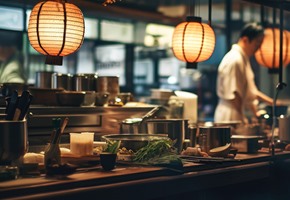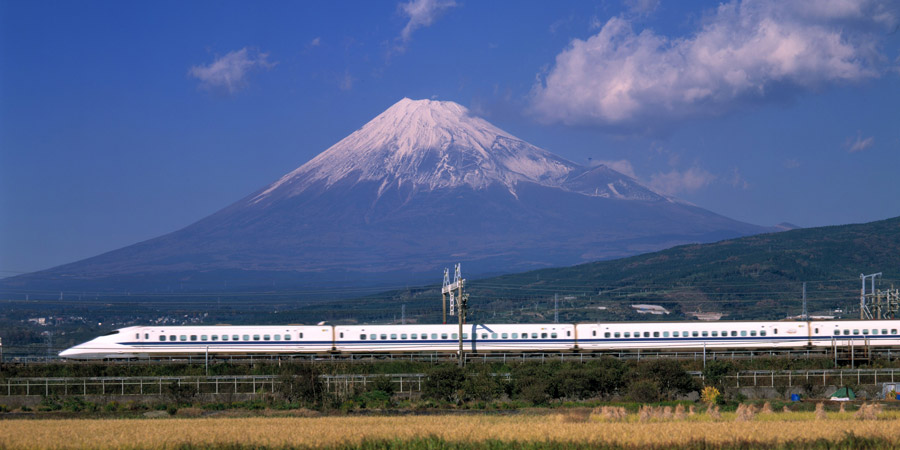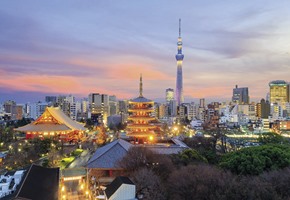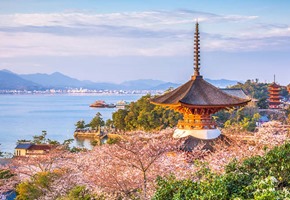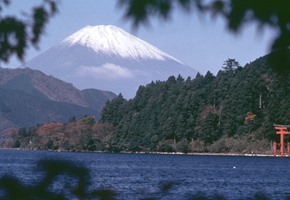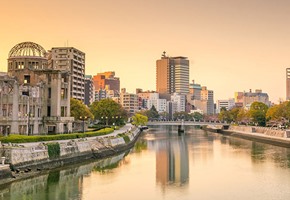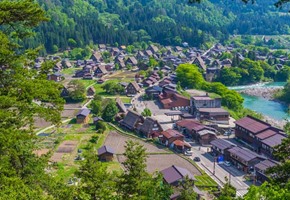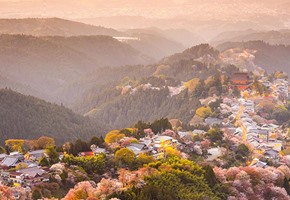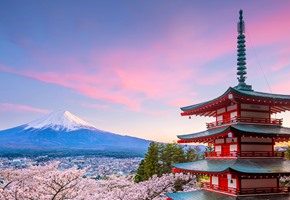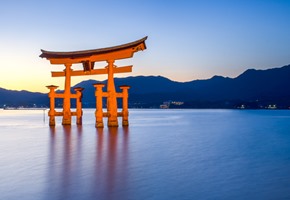Japan Holidays
The appeal of a holiday to Japan lies in its captivating
contrasts. On one hand, it boasts a cutting-edge image with
towering skyscrapers, advanced industries, and innovative museums.
On the other, it values its traditions and takes good care of old
buildings like shrines and castles. Beyond the urban centres, Japan
unfolds as a natural wonderland, presenting diverse landscapes.
When you travel with us by train, you will experience Japan's
beautiful scenery, old customs, and modern marvels. Explore
Japanese history along the historic streets of Kyoto, savour
contemporary cuisine in Tokyo, and
witness the majestic beauty of Mount Fuji. And no rail holiday in
Japan is complete without riding the Shinkansen, known as the bullet train. Renowned for its
exceptional speed, safety, and punctuality, the Shinkansen network
connects major cities across the country.
Blend these spectacular experiences with friendly faces,
exciting excursions, and vibrant culture and we'll have one
incredible holiday to remember.




